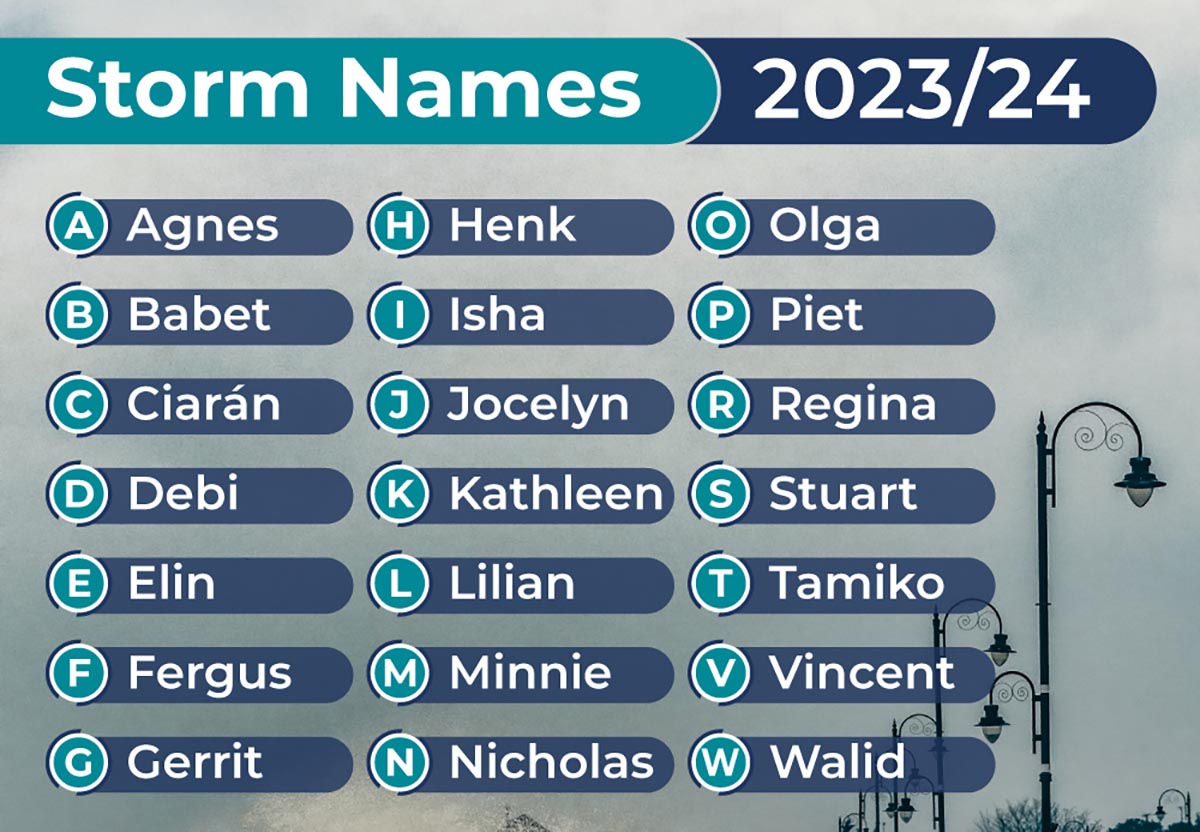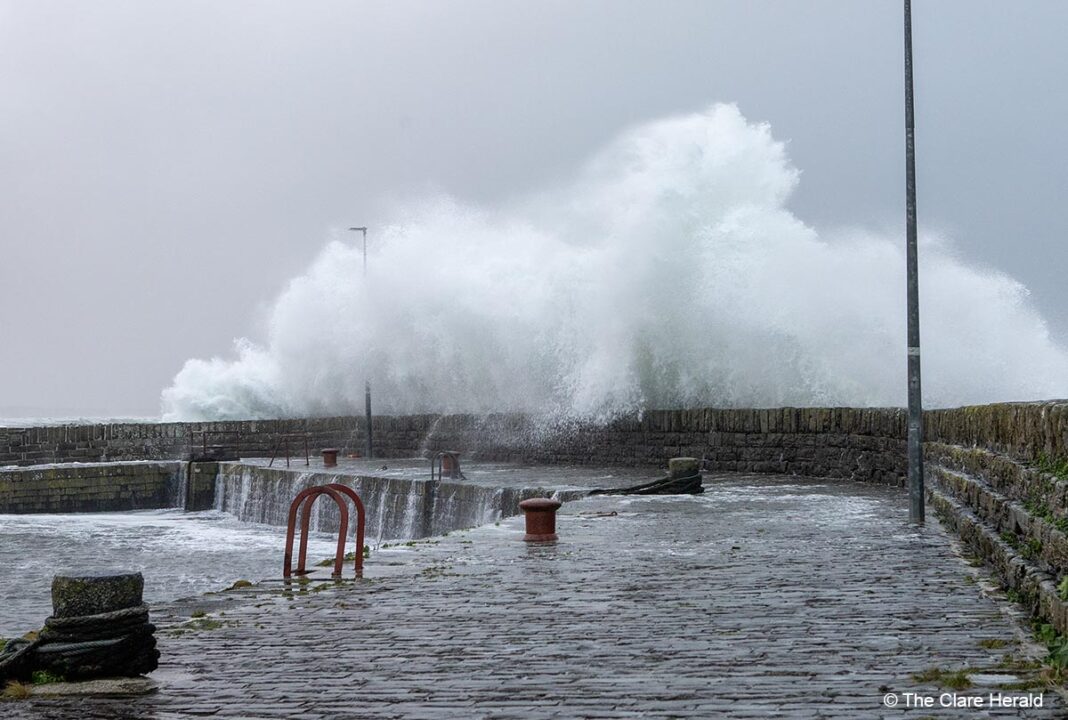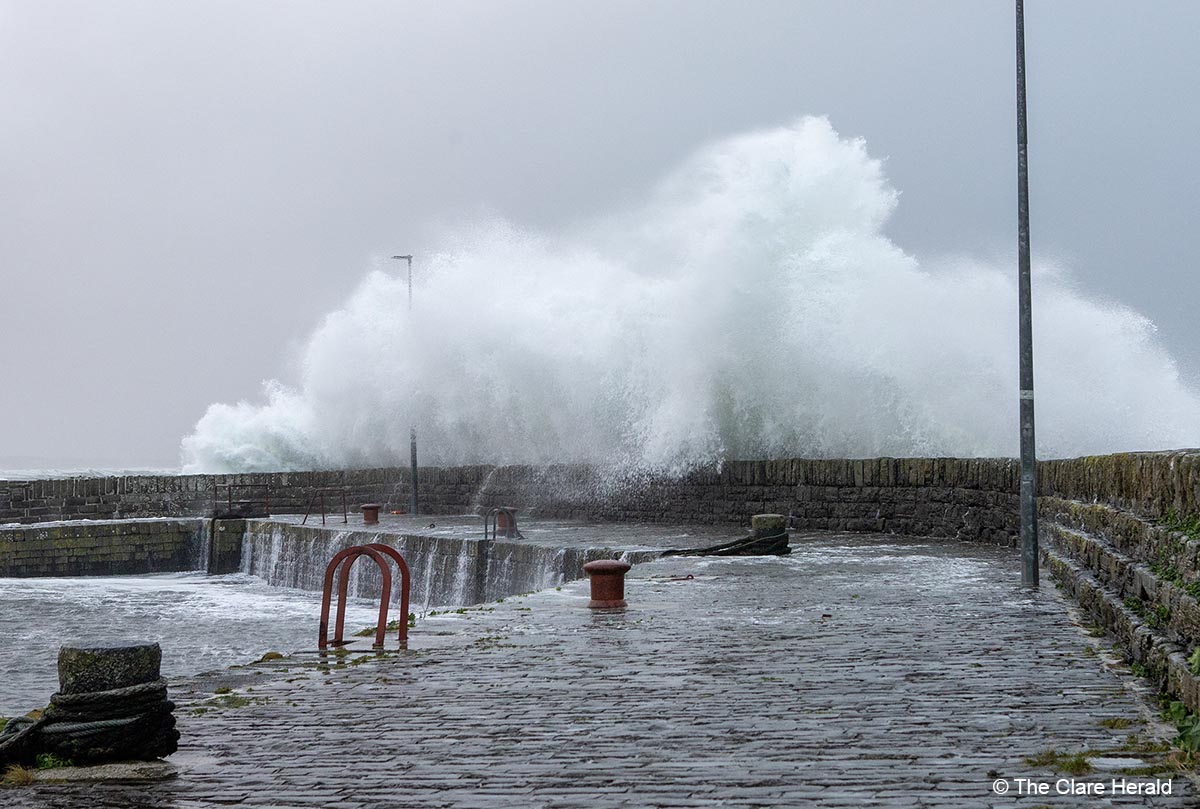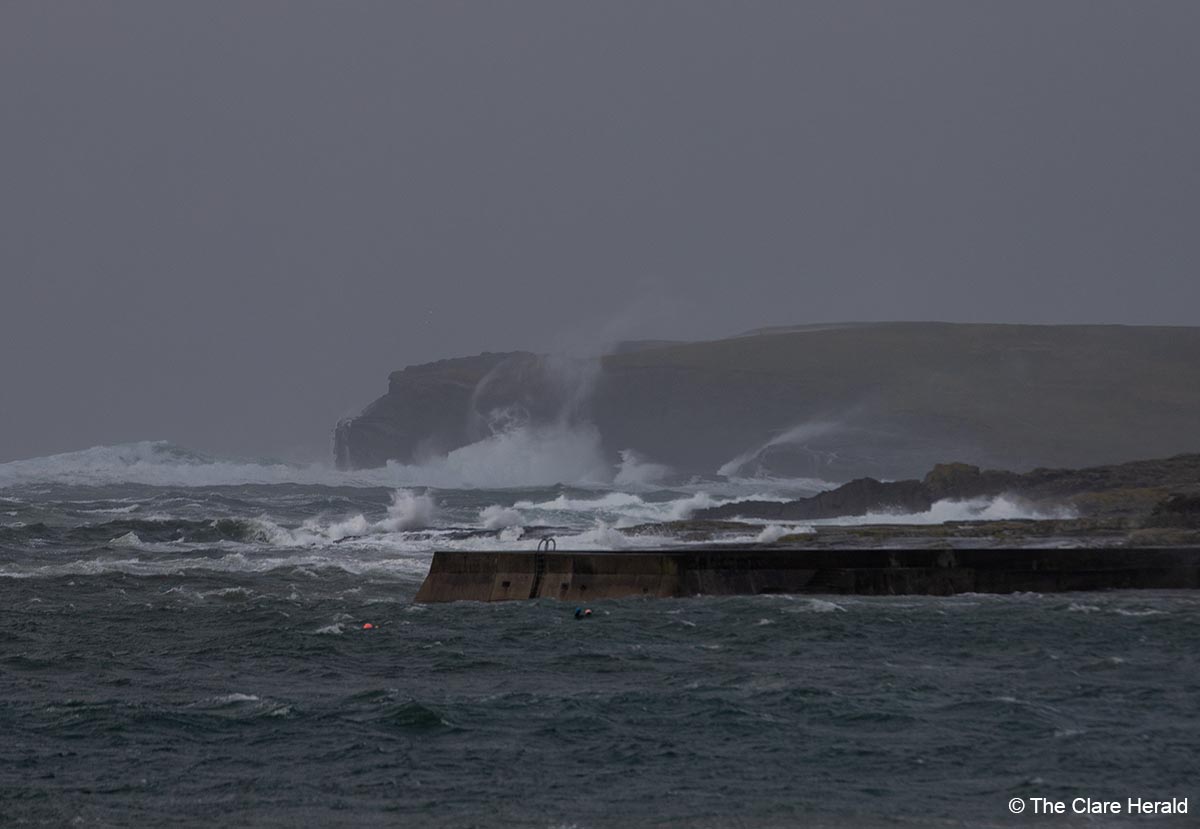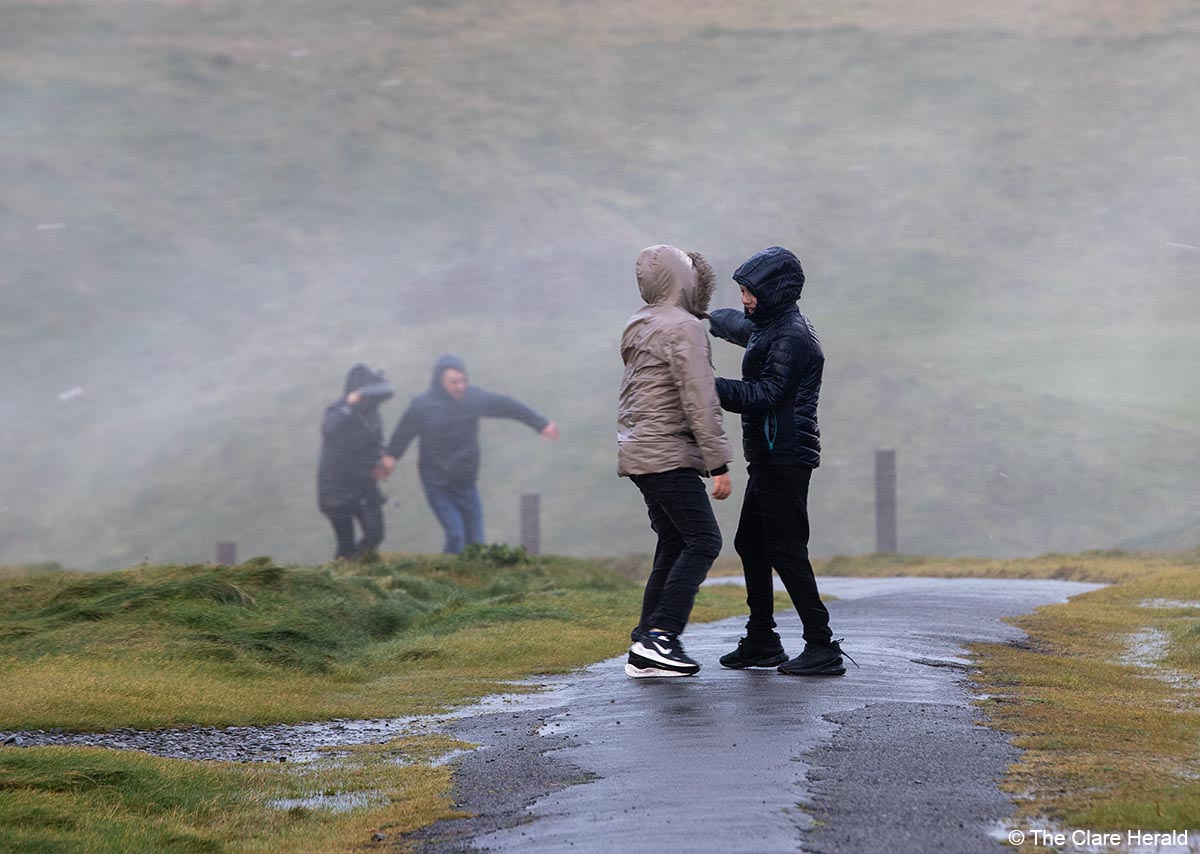Live Updates…
7.15 – Flooding and debris reported on the Miltown Malbay to Connolly road.
A tree reported to have fallen on the road in the Connolly area has been cleared.
4.45pm – Several flights were forced to divert to Shannon Airport this afternoon as they were unable to land in Cork.
A flight from Amsterdam to Cork has diverted to Shannon Airport because of high winds at Cork Airport. Winds are reported to be gusting up 80 kilometres and hour at Cork.
A Ryanair flight from Stansted to Cork also diverted to Shannon.
1.01pm – Storm Fergus beginning to make its presence felt in West Clare.
- Strong winds now reported on the Loop Head Peninsula. Flooding also reported.
- With high tide expected in Kilbaha Bay shortly after 3.00pm, waves are likely to crash over the road in the area.
- Flooding also reported in the Carrigaholt, Kilbaha and Cross areas. All roads are passable however.
- Surface water also on the Kilkee to Carrigaholt road.
The Cliffs of Moher Visitor Experience will remain closed all day on Sunday.
Management at the attraction said: “Please do not visit the site. Wind speeds will be hazardous, and it will be unsafe. All facilities at the Cliffs of Moher Experience will remain closed. We apologise for any inconvenience or disappointment this may cause but the safety of our visitors and staff are of the highest priority, leading us to the decision to close.”

The public is being reminded that a Status Orange warning will come into effect in Clare at 3.00pm on Sunday and remain in place until 8.00pm at least.
In the meantime, a Status Yellow wind warning will take effect at 1.00pm on Sunday and expire at 9.00pm.
This latest weather alert, associated with Storm Fergus which is the sixth storm of the season, follows quickly behind Storm Elin yesterday.
Forecasters are warning of very strong onshore winds due to Storm Fergus, coupled with high waves and high tides. Potential impacts include localised coastal flooding, wave overtopping, difficult travelling conditions, debris, and loose objects displaced.
The Status Orange warning will affect counties Clare, Galway, Mayo.

Clare County Council is advising members of the public to exercise caution.
There will be high seas during Storm Fergus. The public are advised to stay away from coastal areas during this period. The Irish Coast Guard are appealing to people to “Stay Back, Stay High, Stay Dry”.
Strong winds can make driving conditions hazardous, especially for the more vulnerable road users, e.g. cyclists, pedestrians, motorcyclists and high sided vehicles. Road users should pay particular attention to the risk posed by fallen trees and flying debris.
There is a potential for tidal flooding in coastal areas, especially in Western counties. In addition to this, the storm may also bring localised heavy thundery rainfall, which in turn may lead to surface flooding in urban locations.
People are advised to prepare for the arrival of the storm including ensuring their mobile phone is fully charged to enable communication.
Never drive through flooded roads, the depth of the water can be deceiving.
There are particular risks during storms on high ground and people are asked to avoid being outdoors at such locations.
Essential travel only is advised for the duration of the storm.
Business owners, caravan parks, homeowners and members of the public are advised that caravans should be securely tied down and any street furniture, including parasols and awnings, should be taken indoors or fully secured.
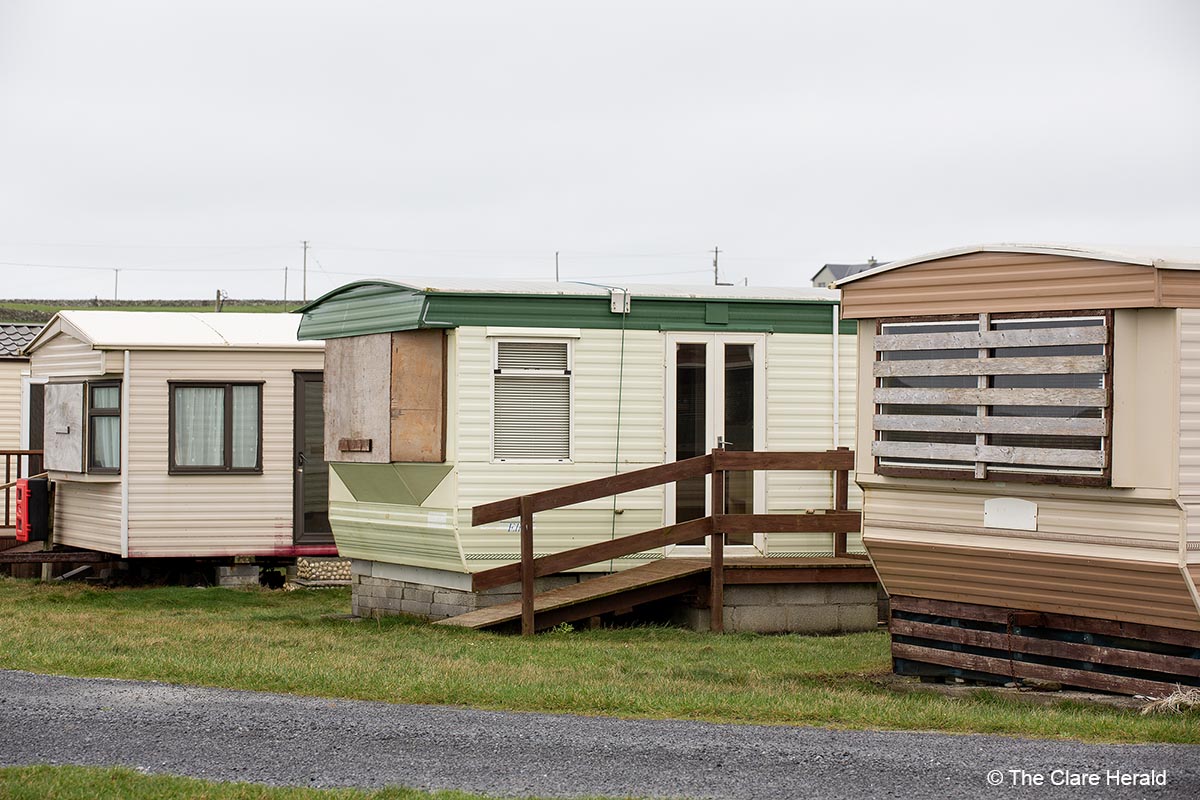
Clare County Council says it will be monitoring the situation for any changes in the weather forecast. Please check Met Éireann for updates.
Road users in areas affected by the Orange Warning are advised to check local traffic and weather conditions before setting out on a journey.
The Road Safety Authority has offered the following advice to road users on foot of the weather warnings.
Advice to Motorists
Drivers need to slow down and allow a greater braking distance between themselves and the vehicle in front in wet weather conditions. This is especially important on high-speed roads such as dual carriageways and motorways where there is increased danger of aquaplaning.
Take special care when driving behind goods vehicles, as they generate a considerable amount of spray, which reduces your visibility. Hold back to where you can see their mirrors.
If the road ahead is flooded, choose another route. Do not attempt to drive through it. Flooded roads that appear shallow could be deeper than you think. The verge may have subsided and there may also be trees or branches that have fallen that may not be visible.
Road users should always follow recommended routes and obey signs closing roads to traffic that have been put there by the local council or An Garda Síochána.
After going through water, drive slowly with your foot on the brake pedal for a short distance – this helps to dry the brakes.
Be Safe. Be Seen. Drive with dipped headlights at all times to ensure that you are visible and that you can see other road users.
Beware of objects being blown out onto the road. Expect the unexpected.
Watch out for falling / fallen debris on the road and vehicles veering across the road.
Control of a vehicle may be affected by strong cross winds. High-sided vehicles and motorcyclists are particularly vulnerable to strong winds
Drivers should allow extra space between themselves and vulnerable road users such as cyclists and motorcyclists as they may be blown off course by strong winds.
Drive with dipped headlights at all times.

Advice to Pedestrians, Cyclists, and motorcyclists:
Walk on the right-hand side of the road, facing traffic if there are no footpaths.
Cyclists should ensure that they and their bike are visible to other road users by investing in a good set of front and rear lights (white at the front, red at the back) and by wearing clothes that help you be seen on your bike. Consider wearing high visibility material.
Take extra care when crossing the road or cycling in extremely windy conditions, as a sudden gust of wind could blow you into the path of an oncoming vehicle.
Be Safe. Be Seen. Visibility and light are reduced in poor weather conditions. Keep safe by making sure you can be seen. Wear bright clothing and consider wearing high visibility material.
For advice on severe weather driving tips, please see severe weather advice on the RSA website or check out the RSA Facebook and Twitter pages.
